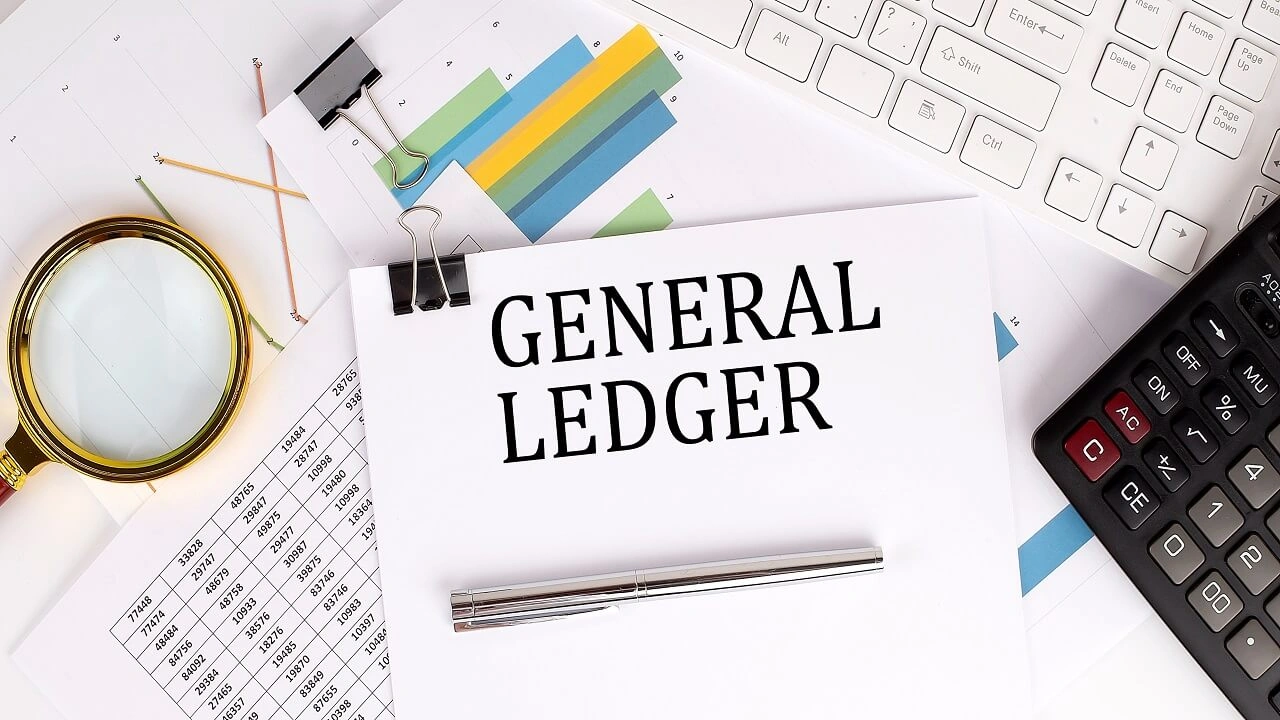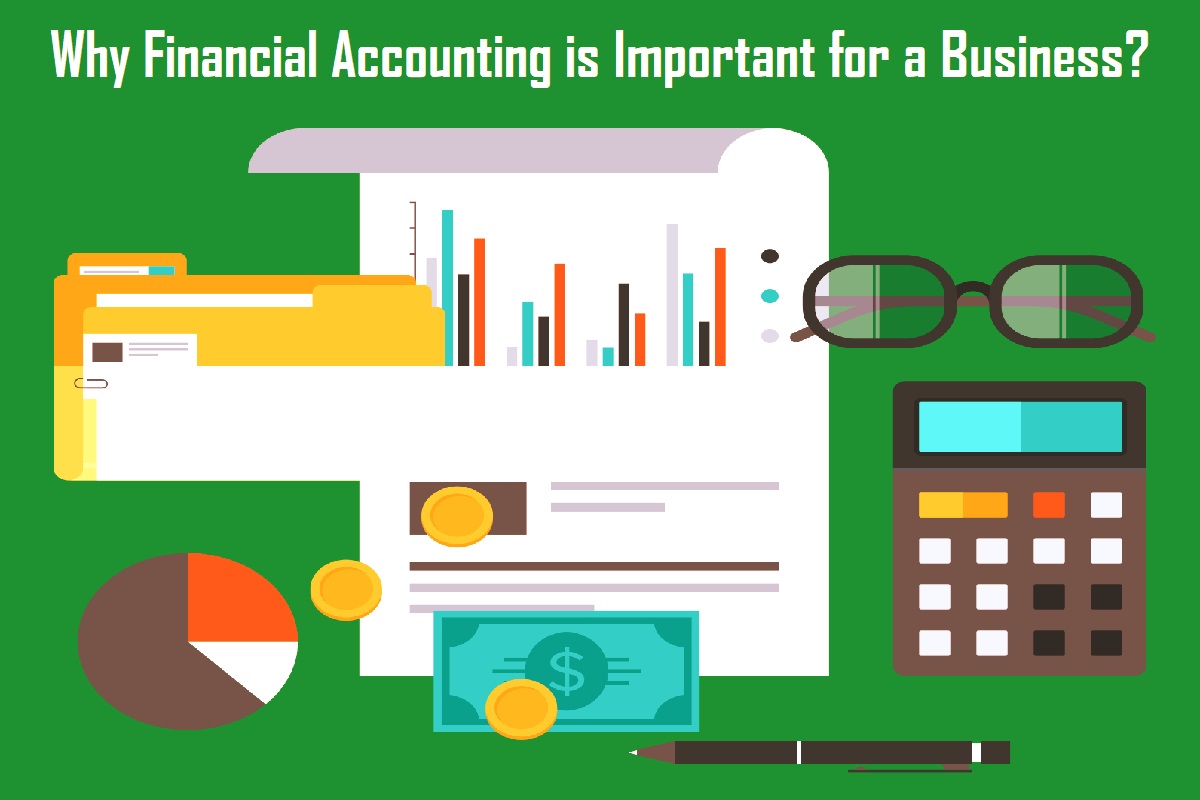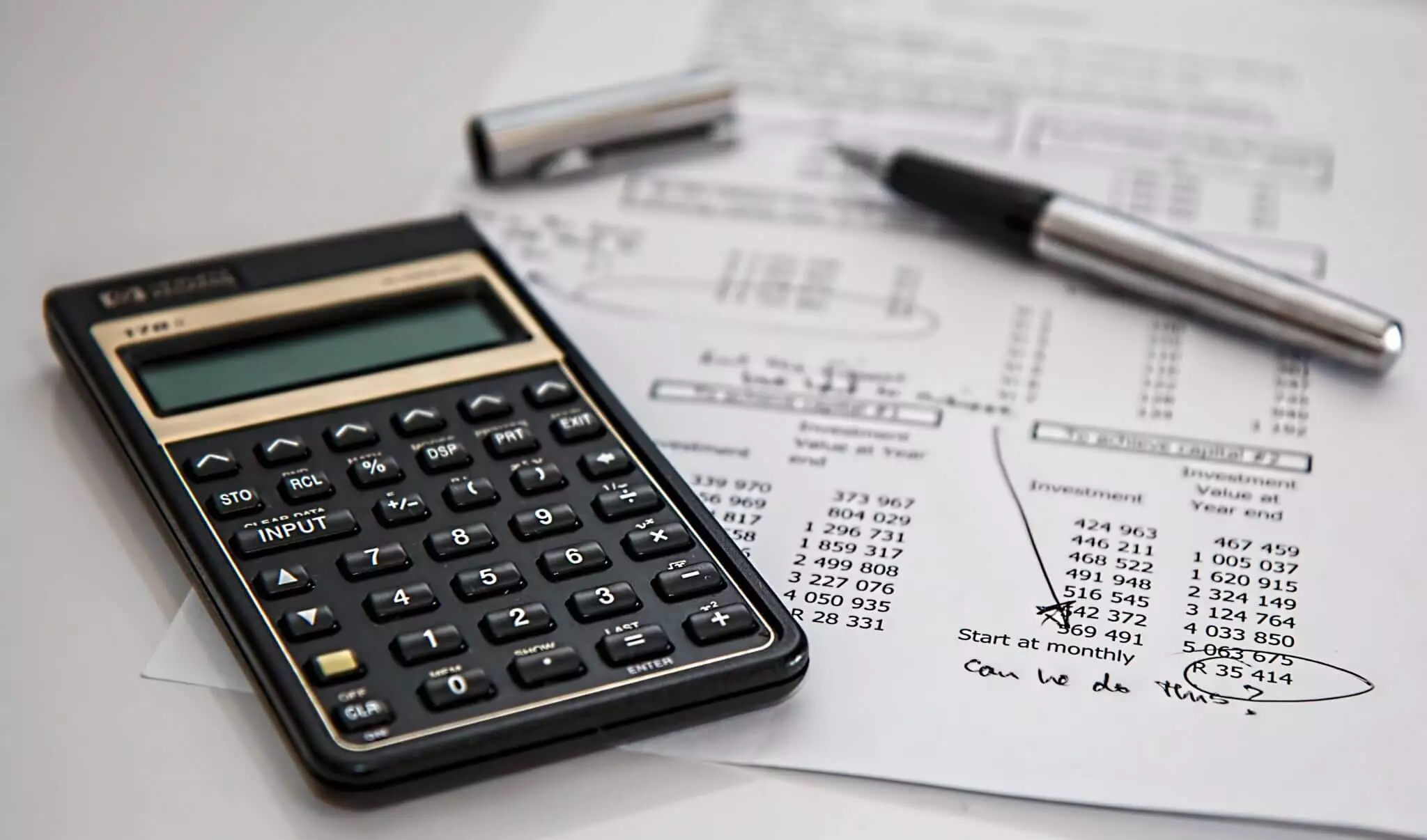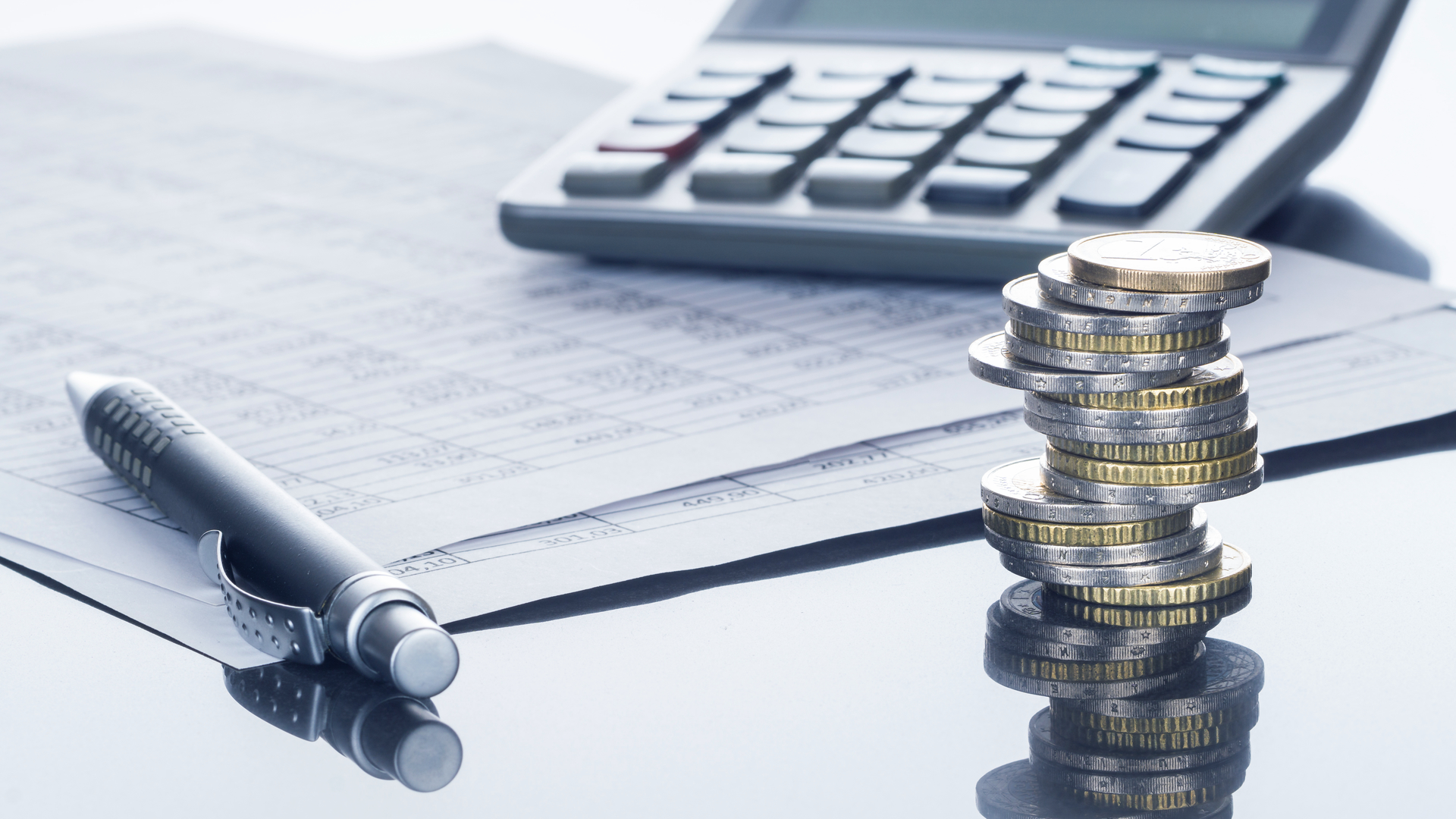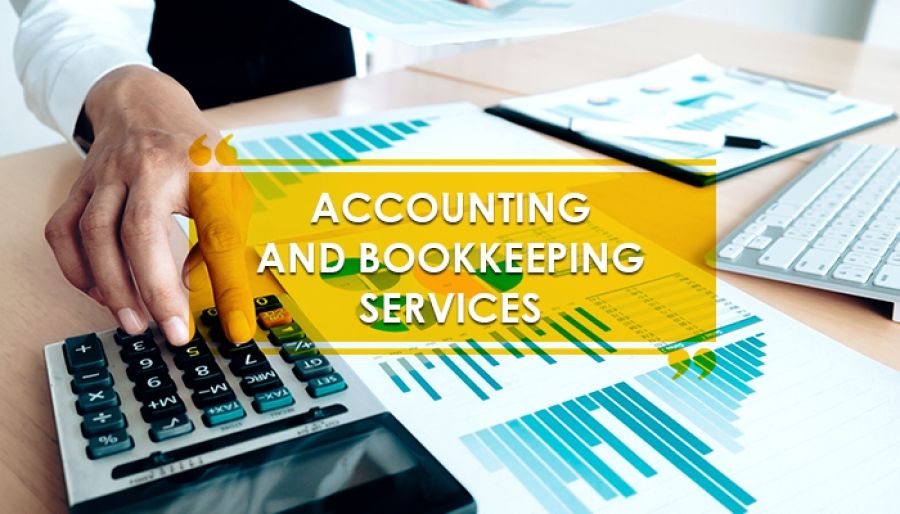Keeping accurate financial records is critical to running any successful business—and that’s where general ledger accounting comes into play. Often called the backbone of a company’s financial system, the general ledger (GL) serves as the master record that tracks every transaction. But what exactly does general ledger accounting involve, and how can businesses use it to stay financially sound?
This guide explains the fundamentals of general ledger accounting, its key components, and how to manage it effectively using best practices and real-world tools.
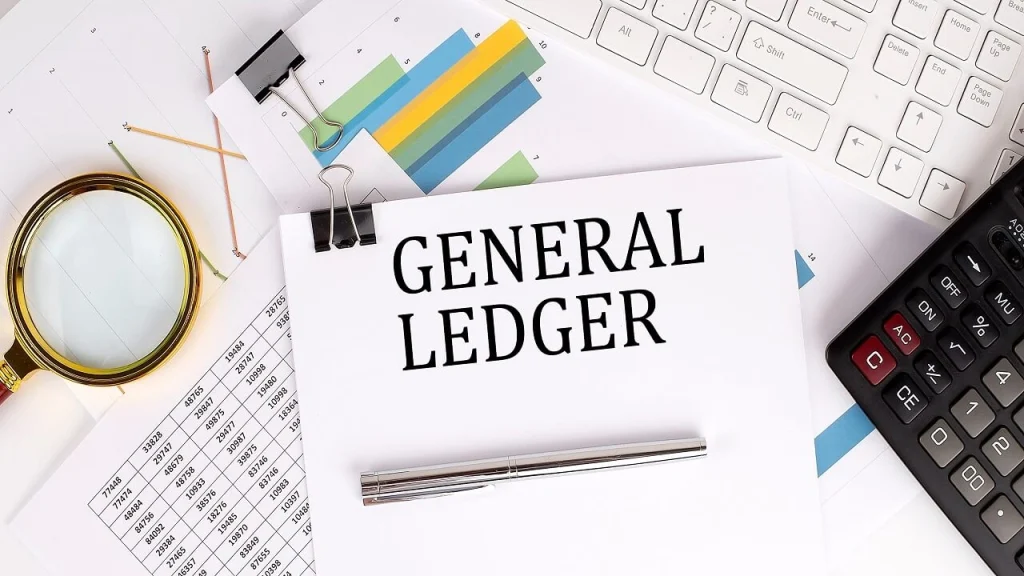
Content
What Is General Ledger Accounting?
General ledger accounting refers to the systematic process of recording and organizing a business’s financial transactions within the general ledger. Every debit and credit, whether it’s a sale, expense, asset purchase, or liability incurred, is documented in the GL using double-entry bookkeeping.
The general ledger is not just a spreadsheet or report—it’s the single source of truth for all financial data. It captures journal entries across accounts like cash, accounts payable, inventory, and revenue, ensuring total transparency and accuracy.
Think of the general ledger as your financial GPS—it tracks your business’s location and direction in real-time.
Why Is the General Ledger Important?
A well-maintained general ledger ensures:
- Accurate financial reporting
- Regulatory and tax compliance
- Informed budgeting and forecasting
- Fraud detection and internal controls
Without it, generating balance sheets, income statements, or cash flow reports would be nearly impossible.
What Are GL Codes?
GL codes (short for general ledger codes) are unique alphanumeric identifiers assigned to different accounts. For example:
- 1000 – Cash
- 2000 – Accounts Payable
- 3000 – Revenue
- 4000 – Operating Expenses
These GL codes allow accounting software to categorize transactions correctly and ensure consistency in reporting.
Pro Tip: Use a consistent GL coding structure across departments to simplify reconciliation and audit readiness.
Common General Ledger Terms to Know
Understanding general ledger accounting means becoming familiar with several key terms:
- Journal Entry: A recorded financial transaction using debits and credits.
- Debit/Credit: The dual-entry mechanism that keeps books balanced.
- Trial Balance: A summary of all ledger balances at a given time.
- Subsidiary Ledger: A detailed ledger tied to a control account in the GL.
- Posting: Transferring data from the journal to the ledger.
Each of these plays a crucial role in making sure your books are accurate and auditable.
Types of General Ledgers
While the purpose of general ledgers remains the same, their structure may differ depending on the business size and industry:
- Manual General Ledgers: Old-school paper-based books, still used by some small businesses.
- Excel-Based Ledgers: Digital spreadsheets with custom GL codes and journal entry templates.
- Accounting Software Ledgers: Real-time, automated GLs integrated with invoicing, payroll, and tax tools.
Cloud-based platforms like QuickBooks or NetSuite offer dynamic ledgers, audit trails, and automated general ledger reconciliation.
General Ledger Accounting Templates
Using a general ledger template helps businesses organize transactions efficiently. A basic GL template includes:
| Date | Account | GL Code | Debit ($) | Credit ($) | Description |
| 06/01/2025 | Cash | 1000 | 5,000 | Client payment | |
| 06/01/2025 | Revenue | 3000 | 5,000 | Client payment |
Templates can be customized by frequency (daily, weekly, monthly) and department (marketing, HR, operations).
General Ledger Reconciliation: What It Is and Why It Matters
General ledger reconciliation is the process of verifying that entries in the GL match supporting documents and sub-ledgers. This ensures your financial statements are not only complete but also accurate.
Steps typically include:
- Comparing bank statements to the cash account
- Matching vendor invoices to accounts payable
- Confirming payroll journals against salary records
Reconciliation should be done monthly to catch discrepancies early and reduce audit risk.
Best Practices for Managing General Ledger Accounting
To streamline general ledger accounting, consider these expert-approved practices:
- Standardize your chart of accounts – Create a consistent coding system to avoid confusion.
- Automate where possible – Use accounting software to minimize human error.
- Conduct monthly reconciliations – Don’t wait until year-end to spot mistakes.
- Implement access controls – Only authorized personnel should make ledger entries.
- Audit trail maintenance – Track every change to remain transparent and compliant.
Legal and Compliance Considerations
In the U.S., businesses must follow generally accepted accounting principles (GAAP) when managing their general ledger accounting. This includes:
- Using accrual-based accounting
- Maintaining accurate journal entries
- Retaining records for at least 7 years
Failure to do so can result in IRS penalties, failed audits, or missed tax deductions.
Final Thoughts on General Ledger Accounting
General ledger accounting is more than just bookkeeping—it’s a financial control system that powers smarter decisions, risk reduction, and growth. Whether you’re a startup or an enterprise, mastering the general ledger is essential to maintaining financial clarity.
Need help building a bulletproof GL system? Book a free consultation with one of our accounting experts today.
Frequently Asked Questions
What is a general ledger account?
It’s a unique category in the GL where transactions are grouped—such as cash, sales, or rent expenses.
How is the general ledger different from a trial balance?
The general ledger includes all journal entries by account. A trial balance is a report showing the ending balances of each ledger account.
What does a general ledger look like?
It’s typically a table with columns for date, account, GL code, debit, credit, and notes—either in spreadsheet form or within accounting software.

Johnny is a finance blogger who has been blogging for years. He’s familiar with everything that goes into it, and loves to share his knowledge with others.

